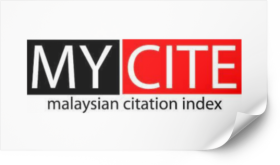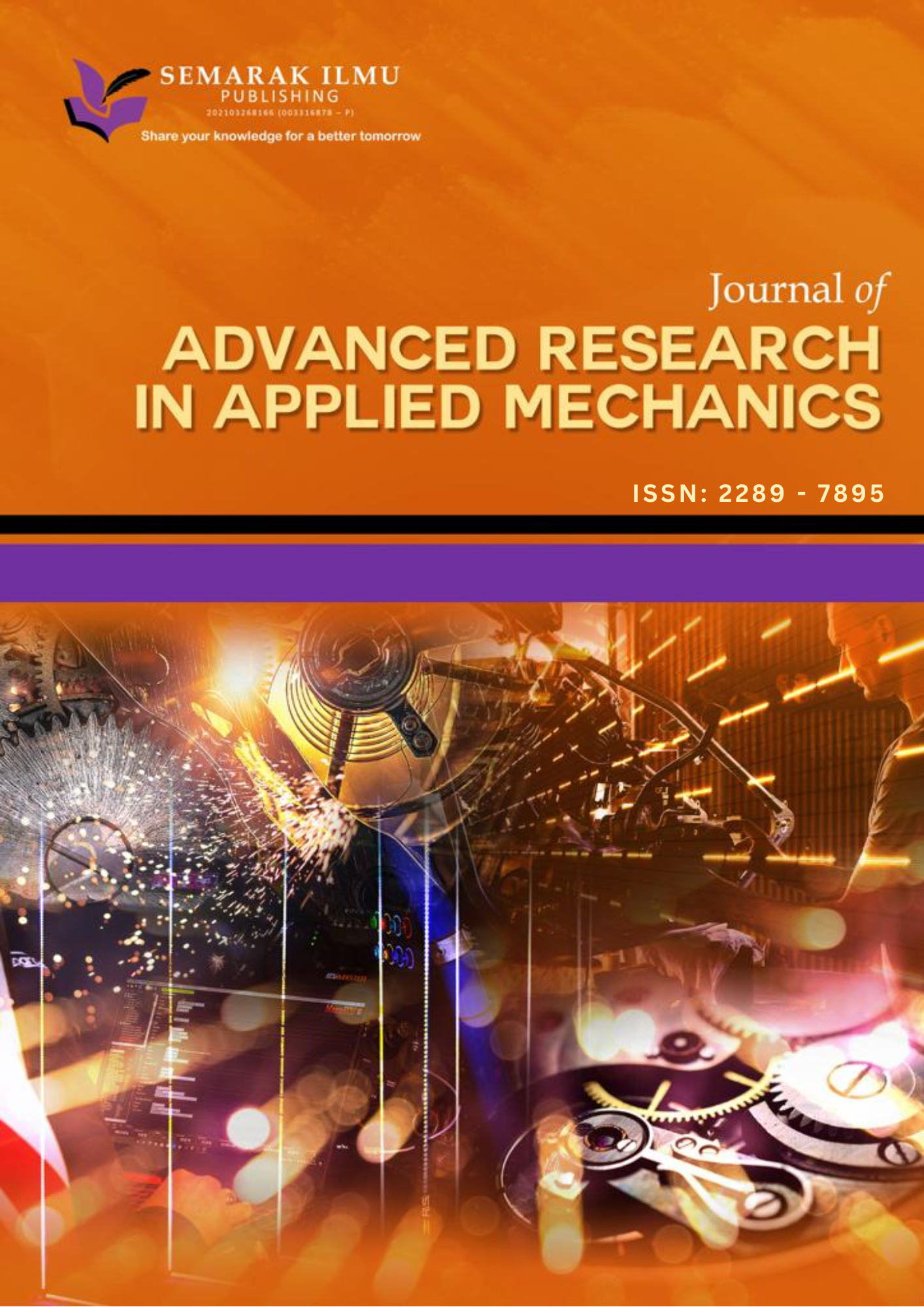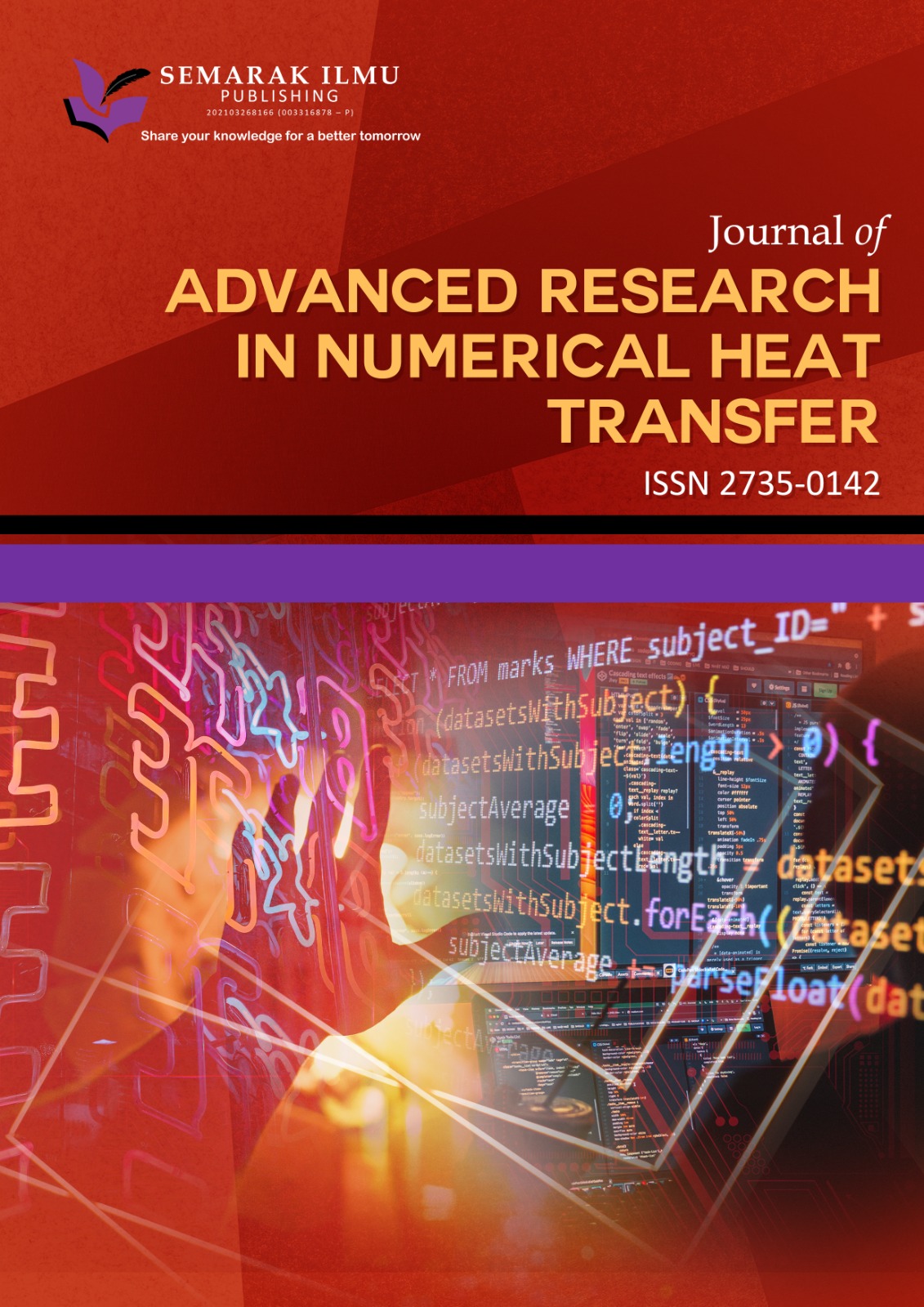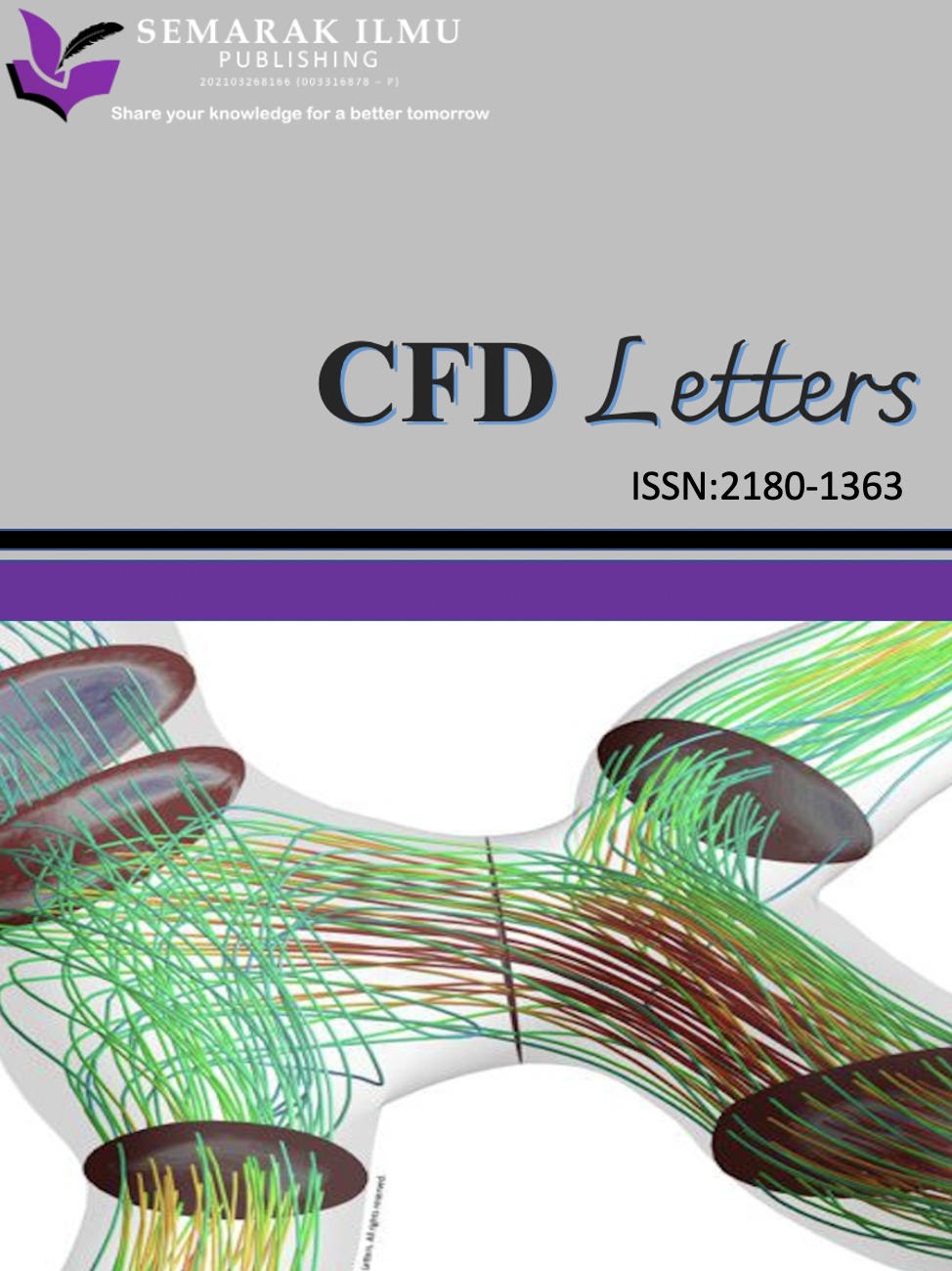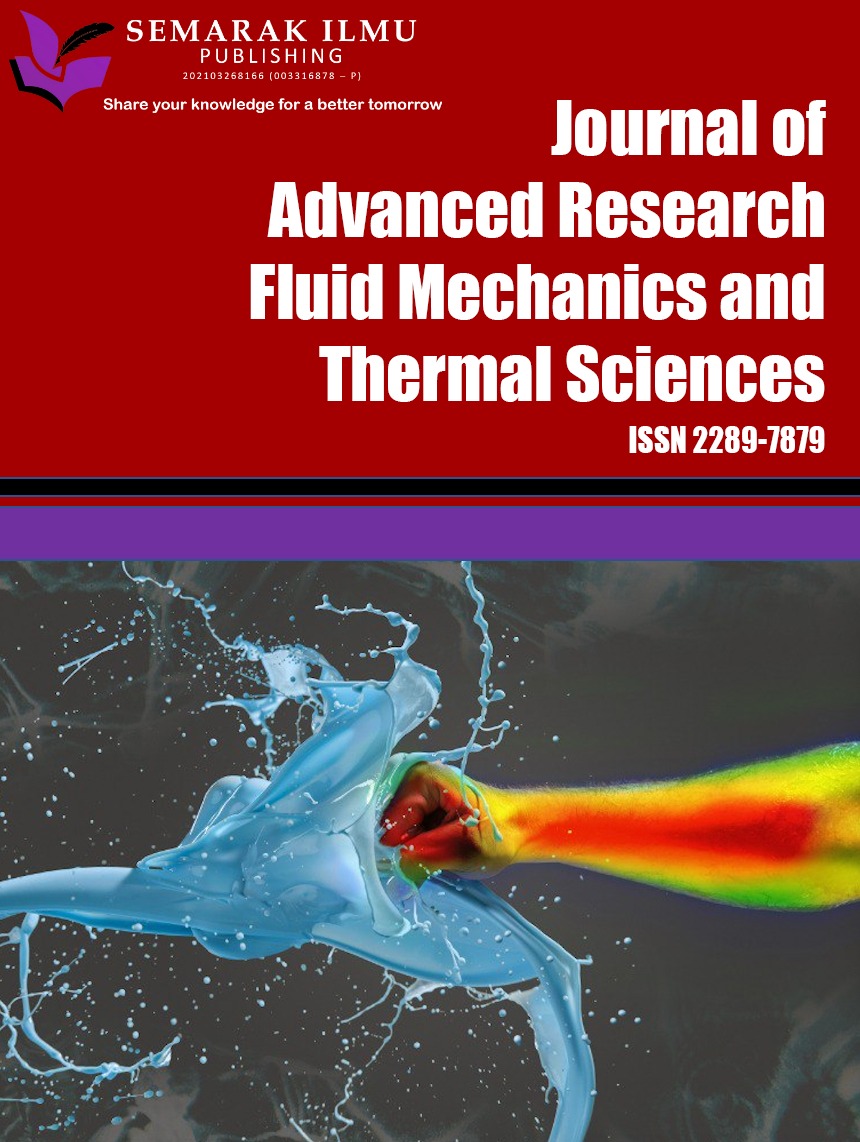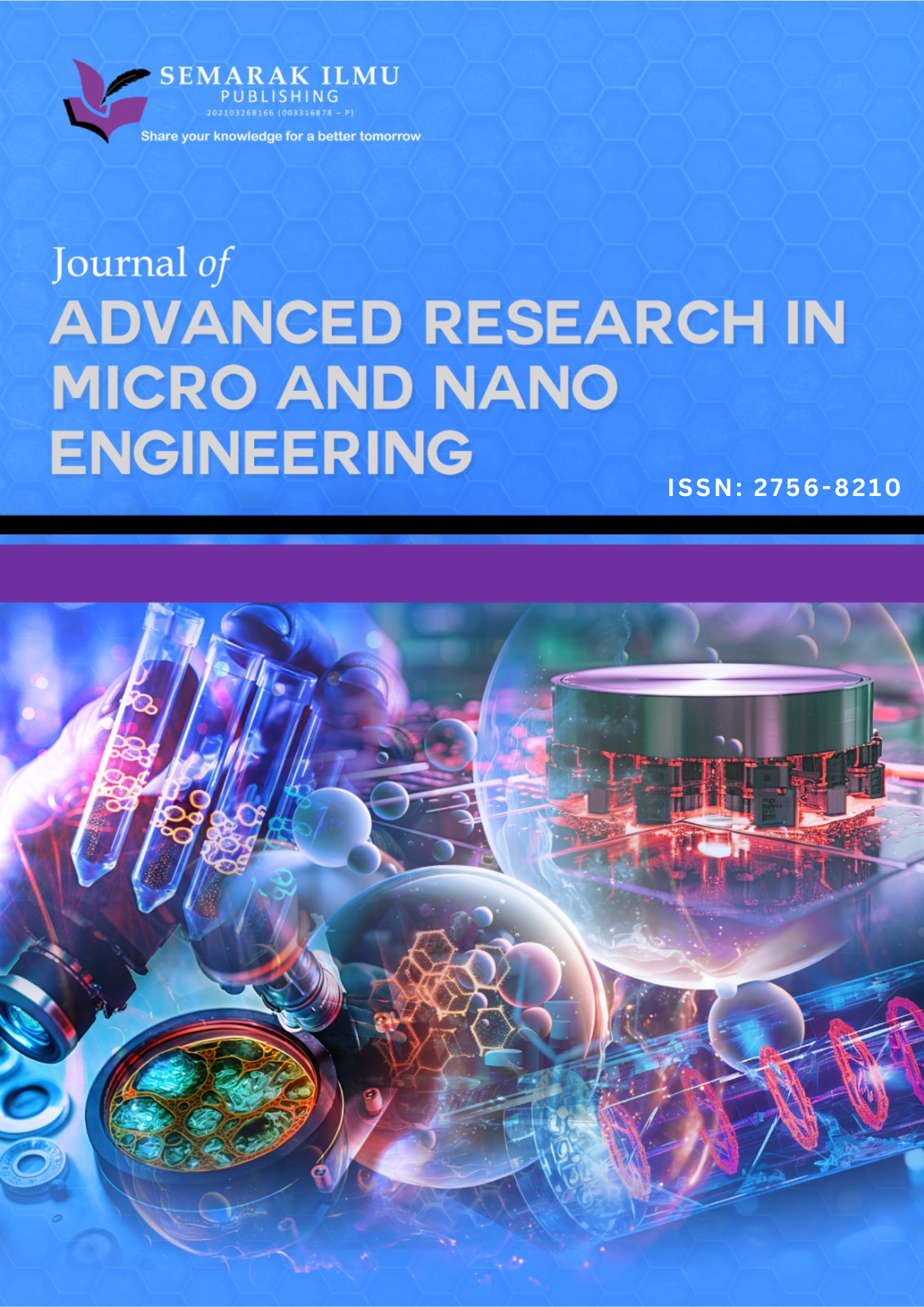Integrating PSO with Butterfly Optimization for Efficient Feature Selection: An IBFPSO Approach
DOI:
https://doi.org/10.37934/ard.136.1.221231Keywords:
Butterfly Optimization Algorithm, particle swarm optimization, feature selection, optimizationAbstract
Feature selection is an effective way to decrease dataset dimensions and increase classification accuracy. But feature selection is a complex and challenging procedure that needs a highly efficient algorithm. The collective behavior of decentralized, self-organized natural or artificial systems is known as swarm intelligence (SI). The migration patterns of butterflies serve as the inspiration for the Butterfly Optimization algorithm, a type of swarm intelligence metaheuristic algorithms.. In this enhanced Butterfly Optimization algorithm (BOA-PSO), the issue of feature selection is initially conceptualized and subsequently transformed into a fitness function. Next, we proposed an IBFPSO to address the issue of feature selection. In order to enhance the BOA and expand its applicability to feature selection issues, we integrated PSO into the BOA. Ultimately The proposed algorithm IBFPSO is benchmarked against , binary PSO (BPSO), Binary dragonfly algorithm (BDA), Binary grey wolf optimization approach (BGWO), Binary bat algorithm (BBA) and enhanced binary bat algorithm (EBBA). To evaluate these algorithms, five datasets were sourced from the UC Irvine Machine Learning Repository. The experimental findings reveal that the IBFPSO algorithm outperforms other comparative algorithms across all datasets. In the Breastcancer dataset, the accuracy rate for IBFPSO was (0.9886) compared to the closest algorithm's (0.9786). In the BreastEW dataset, the accuracy rate for IBFPSO was (0.9843) compared to the closest algorithm's (0.9614). In the Congress dataset, the accuracy rate for IBFPSO was ( 0.9874), whereas it was (0.9793) for the nearest algorithm. In the SpectEW dataset, the accuracy rate for IBFPSOwas (0.8556) compared to the nearest algorithm where it was (0.7407). In the tic-tac-toe dataset, the accuracy rate was (0.9791), while the closest algorithm's was (0.8521).
Downloads









